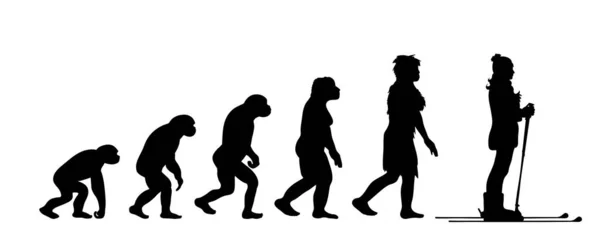The story of human evolution on a planet that has just been a few billion years old has always been intriguing and a team of scientists have now found how climate and other planetary conditions influenced their movement on the surface. Climate shifts over the last 2 million years have long been believed to have a pivotal role in the evolution of homo-sapiens.
Using a massive simulation of climatic conditions spanning over two million years, scientists have shown how it contributed to the emergence of modern-day humans. They used South Korea’s fastest supercomputer named Aleph to simulate Earth’s climate history over the past 2 million years along with a database of well-dated fossil remains and archeological artifacts.
The study published in the journal Nature states astronomically forced changes in temperature, rainfall, and terrestrial net primary production had a major impact on the observed distributions of homo sapiens.
“During the Early Pleistocene (18,00,000 years ago), hominins settled primarily in environments with weak orbital-scale climate variability. This behaviour changed substantially after the mid-Pleistocene transition when archaic humans became global wanderers who adapted to a wide range of spatial climatic gradients,” the paper read.
The study is based on the largest model so far to investigate how Earth’s movement led to human migration over different geological epochs. “Even though different groups of archaic humans preferred different climatic environments, their habitats all responded to climate shifts caused by astronomical changes in earth’s axis wobble, tilt, and orbital eccentricity with timescales ranging from 21 to 400 thousand years,” Axel Timmermann, lead author of the study and Director of the IBS Center for Climate Physics (ICCP) said in a statement.
The team ran the climate model on a supercomputer for six months in a bid to reconstruct how temperature and rainfall influenced humans over a million years. They included astronomical changes that Earth goes through over 100,000-year cycles that include its oscillations in the planet’s tilt and even its orbit around the Sun, which also affects the seasons.
The simulations showed that an early human species, Homo heidelbergensis, started expanding its habitat around 7,00,000 years ago and may have given rise to a slew of others across the globe, including Neanderthals.
“Our climate-based reconstruction of hominin lineages is quite similar to recent estimates obtained from either genetic data or the analysis of morphological differences in human fossils, which increases our confidence in the results,” remarks Dr. Jiaoyang Ruan, co-author of the study.
The research, going beyond early human habitats, and times and places of human species’ origins, also addressed how humans may have adapted to varying food resources over the past 2 million years. The team also concluded that early African hominins around 2-1 million years ago preferred stable climatic conditions. This constrained them to relatively narrow habitable corridors. Following a major climatic transition about 800 thousand years ago, a group known under the umbrella term Homo heidelbergensis adapted to a much wider range of available food resources, which enabled them to become global wanderers.






